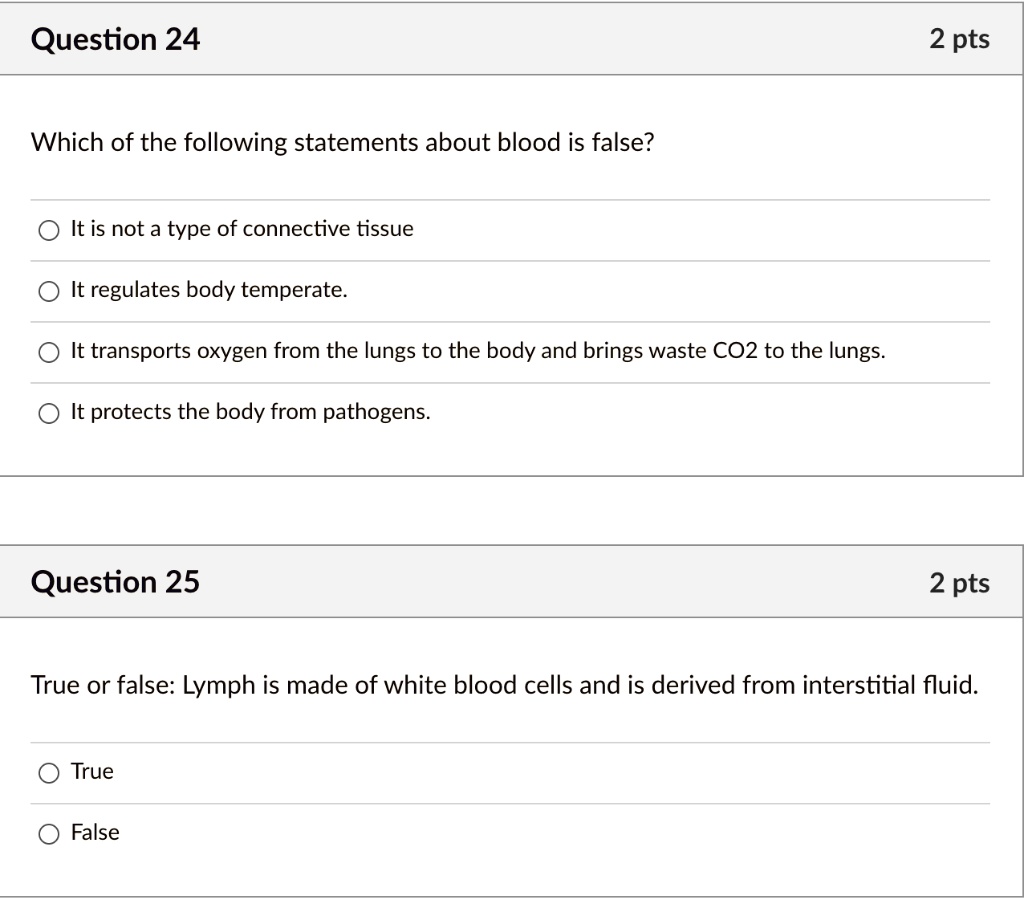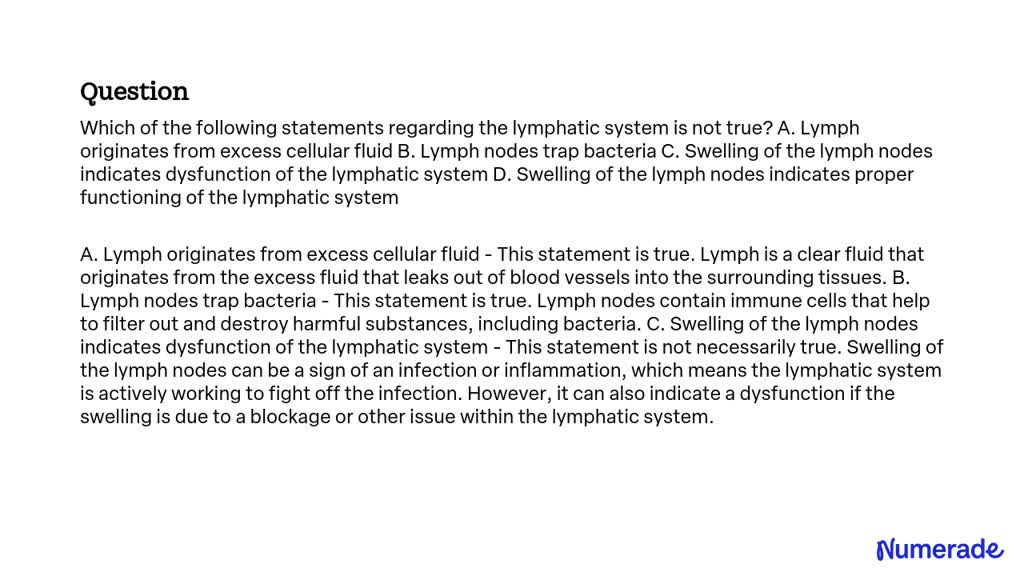Which Of The Following Statements Regarding Interstitial Fluid Is Correct
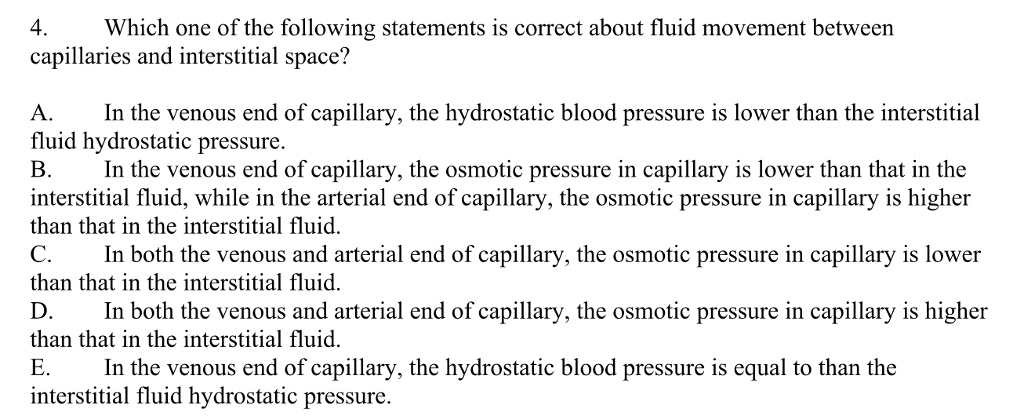
A silent sea surrounds our cells, a fluid often overlooked yet utterly crucial to life. This is interstitial fluid, the medium through which nutrients flow and waste is carried away, the environment that directly bathes the trillions of cells that make up the human body. But understanding its precise nature and function is not always straightforward, leading to misconceptions and confusion, especially when confronted with specific statements about its composition and role.
This article aims to dissect the complexities surrounding interstitial fluid, clarifying its characteristics and addressing common points of contention. By examining credible sources and established scientific literature, we will delve into the correct understanding of this vital component of our physiology. The goal is to provide clarity and dispel any inaccuracies regarding the properties and functions of interstitial fluid.
What is Interstitial Fluid?
Interstitial fluid, also known as tissue fluid, is the fluid that fills the spaces between cells in most tissues of the body. It is a key component of the extracellular fluid (ECF), which also includes plasma (the liquid component of blood) and lymph.
Essentially, it's the immediate environment of cells, facilitating the exchange of nutrients, waste products, and signaling molecules between cells and the bloodstream. Its composition is tightly regulated to maintain optimal conditions for cellular function.
Composition and Characteristics
One common point of confusion often arises when trying to pinpoint its exact composition. Interstitial fluid is largely water-based, containing electrolytes, amino acids, sugars, fatty acids, coenzymes, hormones, neurotransmitters, and cellular waste products.
However, it's not a static, unchanging solution. Instead, its composition dynamically adjusts based on the metabolic activity of the surrounding cells and the exchange with the blood plasma.
Crucially, the protein concentration in interstitial fluid is significantly lower than that of blood plasma. This difference in protein concentration is vital for maintaining fluid balance between the capillaries and the surrounding tissues, primarily through osmotic pressure gradients.
Distinguishing Interstitial Fluid from Plasma and Lymph
A clear understanding of interstitial fluid requires differentiating it from other bodily fluids, particularly plasma and lymph.
While both interstitial fluid and plasma are components of the ECF and share similar electrolytes and nutrients, the key difference lies in protein content. Plasma contains a higher concentration of proteins, especially albumin, which contributes significantly to its osmotic pressure.
Lymph, on the other hand, is derived from interstitial fluid. As interstitial fluid drains into lymphatic capillaries, it becomes lymph. Lymph differs from interstitial fluid by containing specialized immune cells, particularly lymphocytes, that play a crucial role in immune surveillance and response.
Functions of Interstitial Fluid
The functions of interstitial fluid are fundamental to maintaining cellular health and overall homeostasis.
First and foremost, it facilitates the transport of oxygen and nutrients from the capillaries to the cells, ensuring that cells have the resources they need to function. Conversely, it removes waste products, such as carbon dioxide and metabolic byproducts, from the cells, preventing the accumulation of toxic substances.
Furthermore, interstitial fluid plays a role in cell-to-cell communication. Hormones, neurotransmitters, and other signaling molecules are transported through the interstitial fluid, allowing cells to coordinate their activities.
It also helps to maintain tissue turgor, providing structural support to tissues.
Common Misconceptions and Correct Statements
Given its complexity, it's easy to fall prey to misconceptions about interstitial fluid. One of the biggest errors is considering it a static, unchanging fluid with an identical composition throughout the body.
The reality is that its composition varies depending on the tissue and its metabolic demands. Furthermore, the fluid is constantly being exchanged and renewed.
Therefore, which statements regarding interstitial fluid are correct? Here are a few examples of correct statements:
- Interstitial fluid is the fluid that surrounds cells in tissues.
- Its composition is similar to plasma but with a lower protein concentration.
- It facilitates nutrient and waste exchange between cells and the bloodstream.
Conversely, incorrect statements might include:
- Interstitial fluid has the same protein concentration as plasma.
- Its composition is static and uniform throughout the body.
- It does not play a role in immune function.
Clinical Significance
The balance of fluid within the interstitial space is crucial for maintaining tissue health. Disruptions to this balance can lead to significant clinical problems, such as edema.
Edema, or swelling, occurs when there is an excessive accumulation of fluid in the interstitial space. This can be caused by a variety of factors, including increased capillary permeability, decreased plasma protein concentration (leading to reduced osmotic pressure), or lymphatic obstruction.
Understanding the dynamics of interstitial fluid is also critical in the development of drug delivery systems. The ability of a drug to reach its target cells depends on its ability to diffuse through the interstitial fluid.
Future Directions in Interstitial Fluid Research
Research into interstitial fluid is ongoing, with a focus on gaining a more detailed understanding of its composition and function in different tissues and disease states.
One promising area of research is the development of techniques to sample and analyze interstitial fluid non-invasively. This could provide valuable diagnostic information, allowing for earlier detection and treatment of various diseases.
Furthermore, researchers are exploring the potential of using interstitial fluid as a biomarker source for detecting early signs of disease.
Conclusion
Interstitial fluid is far more than just "the fluid between cells". It's a dynamic and vital component of our physiology, playing a central role in nutrient delivery, waste removal, cell communication, and tissue homeostasis.
Accurate understanding of its composition and function is crucial for grasping how our bodies work and for developing effective strategies to combat disease. By continually refining our knowledge of this essential fluid, we can unlock new avenues for improving human health.
Continued research promises to further illuminate the complex world of interstitial fluid, paving the way for more targeted and effective therapies in the future.

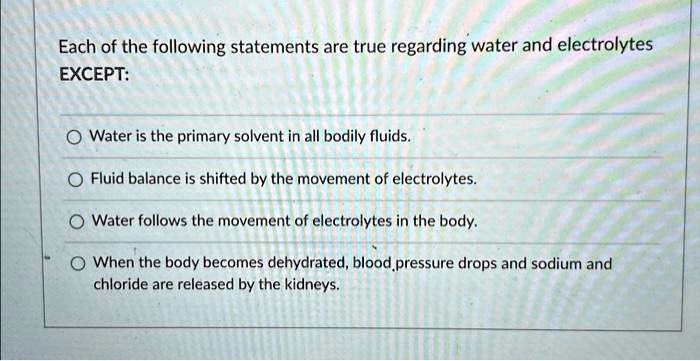

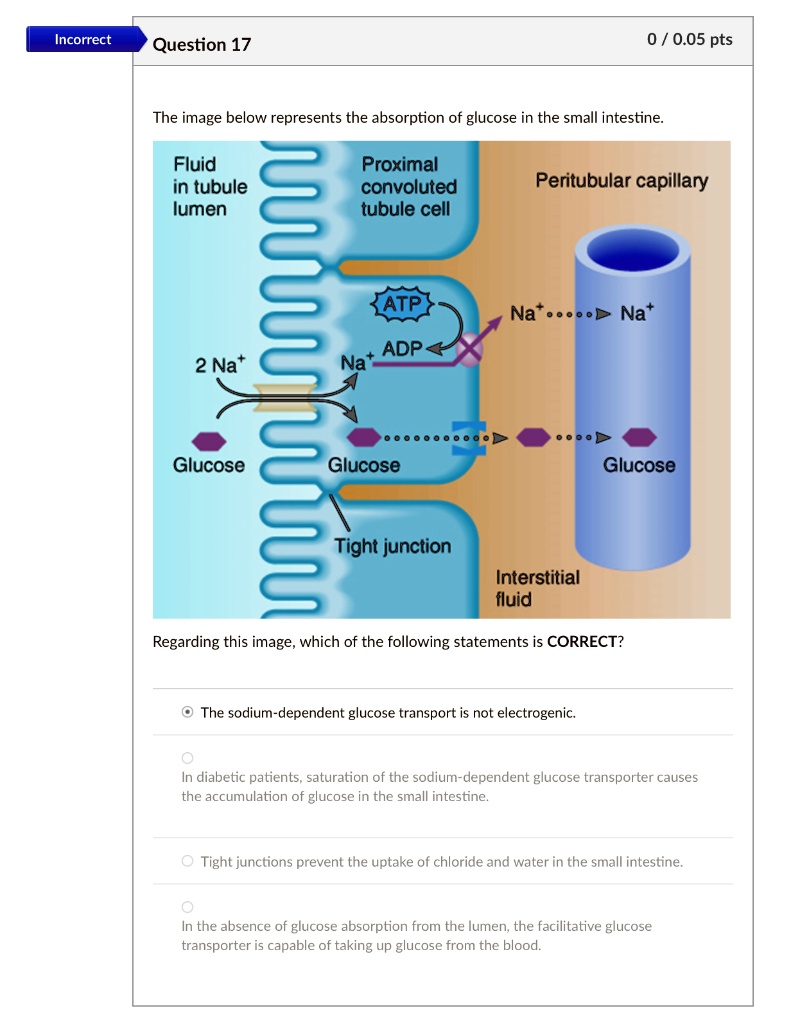



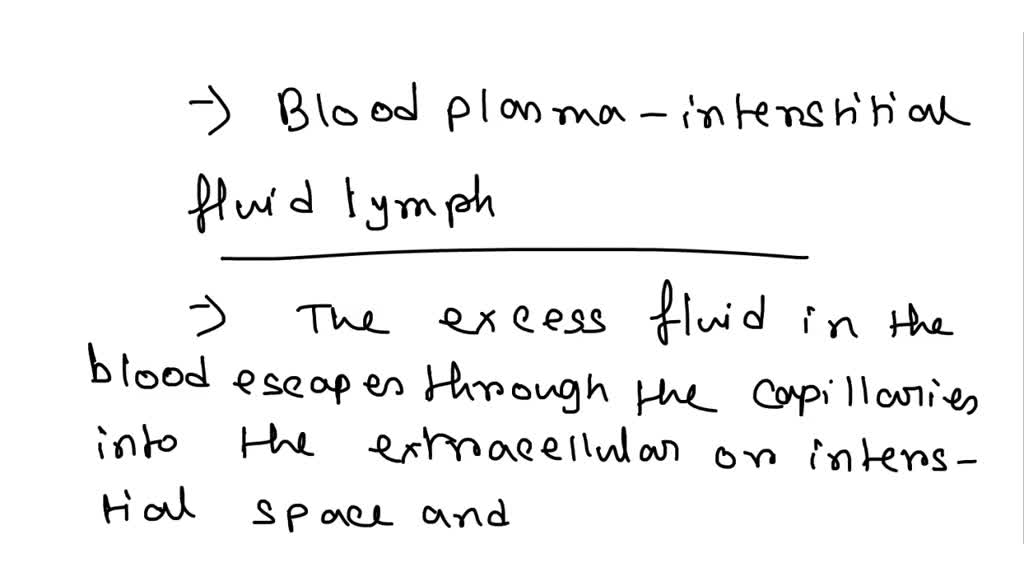
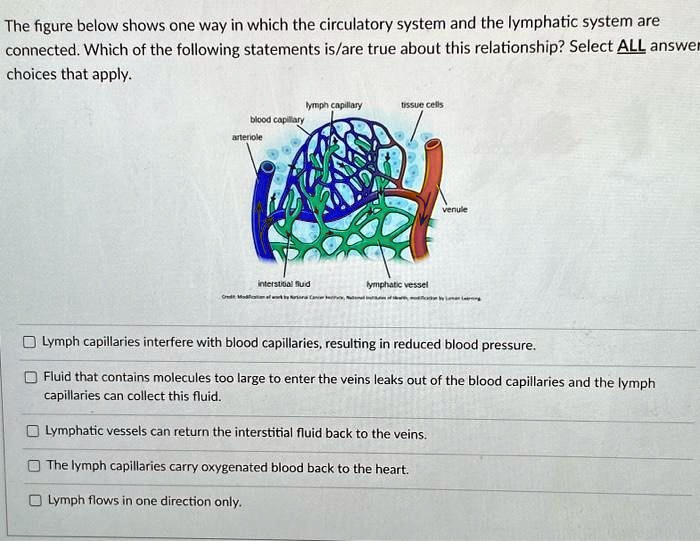
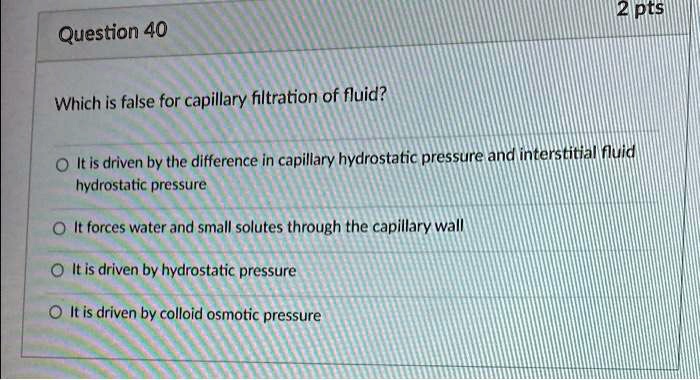
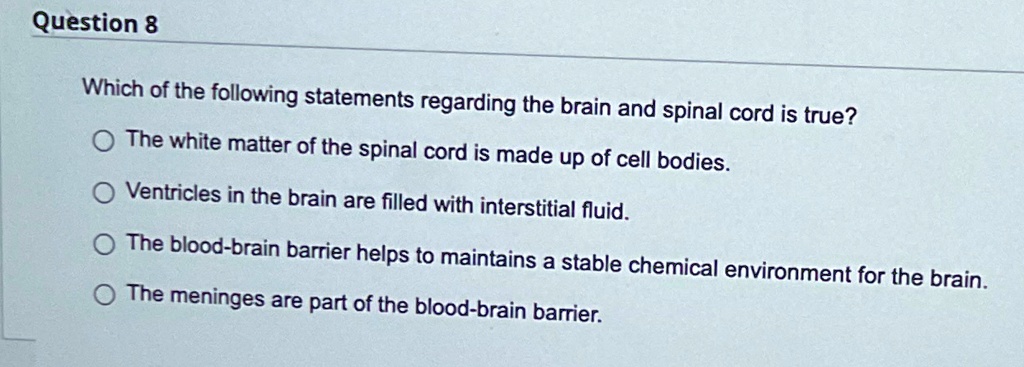
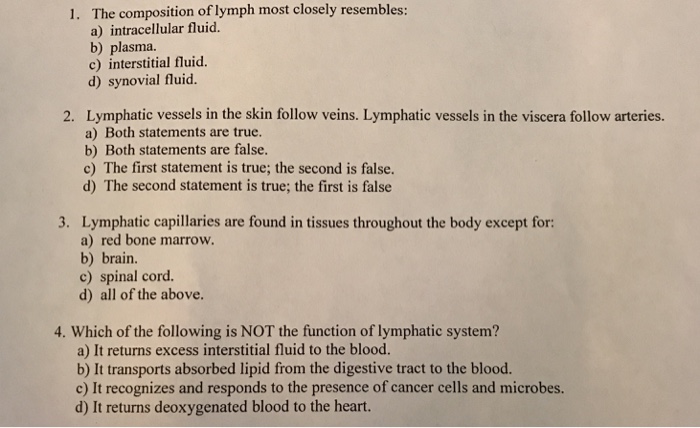
![Which Of The Following Statements Regarding Interstitial Fluid Is Correct [GET ANSWER] Which of the following statements is true regarding fetal](https://cdn.numerade.com/ask_images/3770f3a640c9425ca43b49408a2d76ae.jpg)
